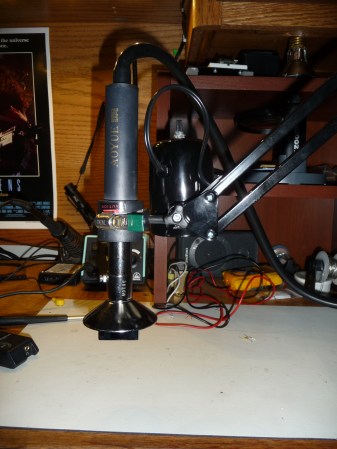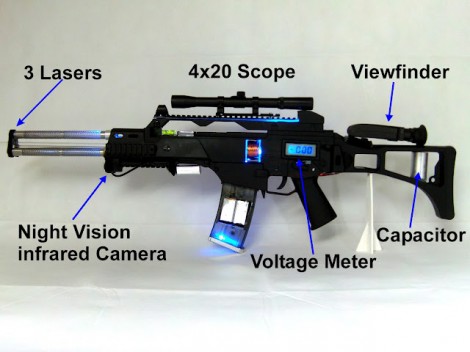
A few months ago, we rolled out an updated Hackaday, a badly needed new layout replacing the HTML and CSS that had remained unchanged since 2004. Of course a few people didn’t like change and complained about slow load times. We’ve experienced a slightly slower load time as well, so we’ll just wait until the year 2020 when our computers are many times faster and our Internet is provided by Google Fiber. Until then, our pokey battlestations and vintage computers can still check out a few classic hacks on our retro site. Here’s a few retro successes – Hackaday readers who pulled out their old tech and loaded up the retro site – that have come in over the past weeks and months.
Continue reading “Hackaday Retro Roundup: Ultraportables Edition”

















